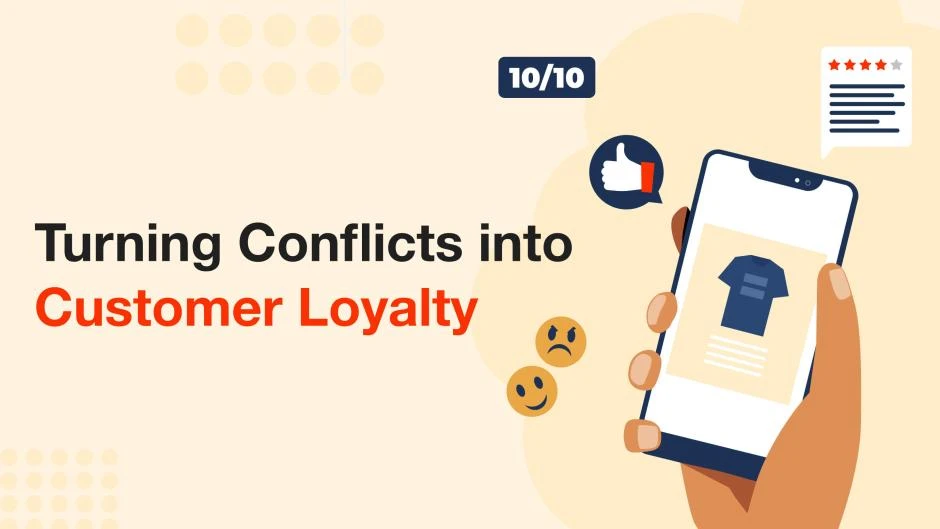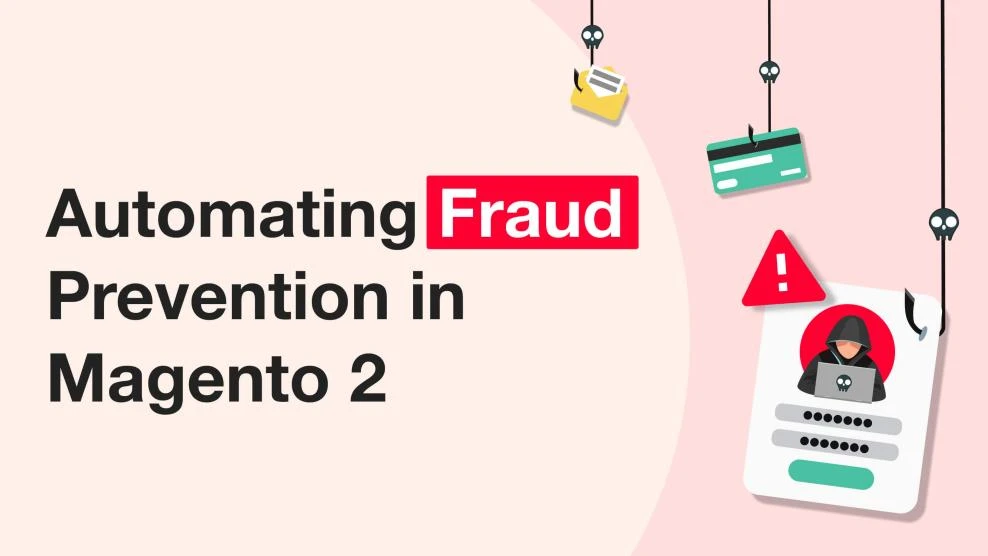Customer Conflict Resolution: Strategies for Building Trust
-
 Mariia Antoshkiv
Mariia Antoshkiv
- E-commerce Tips & Best Practices
- Jan 14, 2025
- 9 min read
Conflicts with clients are not uncommon in the realm of goods and services. Most often, negative experiences quickly become public knowledge, and a single unfortunate situation can spread much more widely than the company anticipates.
However, a conflict is not only a problem but also an opportunity to learn, strengthen reputation, and build more robust relationships with clients.
In this article, we will explore how to timely anticipate and prevent potential misunderstandings, why open and reasoned explanations are better than formal responses, and how even a complex case can be transformed into a growth point for the store.
Table of Contents
- Preventing Negativity: Why It's Important to Act Proactively
- How to Turn a Mistake into Trust
- Effective Strategies for Working with Dissatisfied Customers
- Our Example of a Conflict Management Scenario
- How Negative Feedback Can Help Business
- Conclusion
Preventing Negativity: Why It's Important to Act Proactively
Negative experiences among clients often spread faster and more intensely than positive ones. A dissatisfied customer is generally more eager and swift to share a negative impression, leave a negative review, or recount their bad experience to others.
This phenomenon is not something we invented—there are real studies that demonstrate it. And it doesn't matter whether it's a large, small, or medium-sized store.
Practice shows that even large companies can encounter situations where negative aspects of their operations become public knowledge. For example, in 2017, United Airlines experienced a severe crisis following a widely circulated video incident with a passenger.
The outrage that instantly spread across social networks and news outlets led to long-term reputational costs.
Preventing a conflict begins with understanding that a situation may escalate. Empathy, established processes, and the ability to intervene promptly are crucial here. It's better to prevent rising tensions than to try to handle an already heated conflict.
For example, we had a case where a client approached us with a request for a non-standard modification of a module, which at that time did not align with the company's overall goals.
A refusal could have been a negative experience for him. Our task was to explain the reasons for the refusal as thoroughly and openly as possible, to demonstrate the objectivity of this position, thereby turning potential negativity at least into a neutral stance.
Instead of a direct "no," we provided detailed explanations of the objective reasons: technical limitations, development priorities, and possible alternatives.
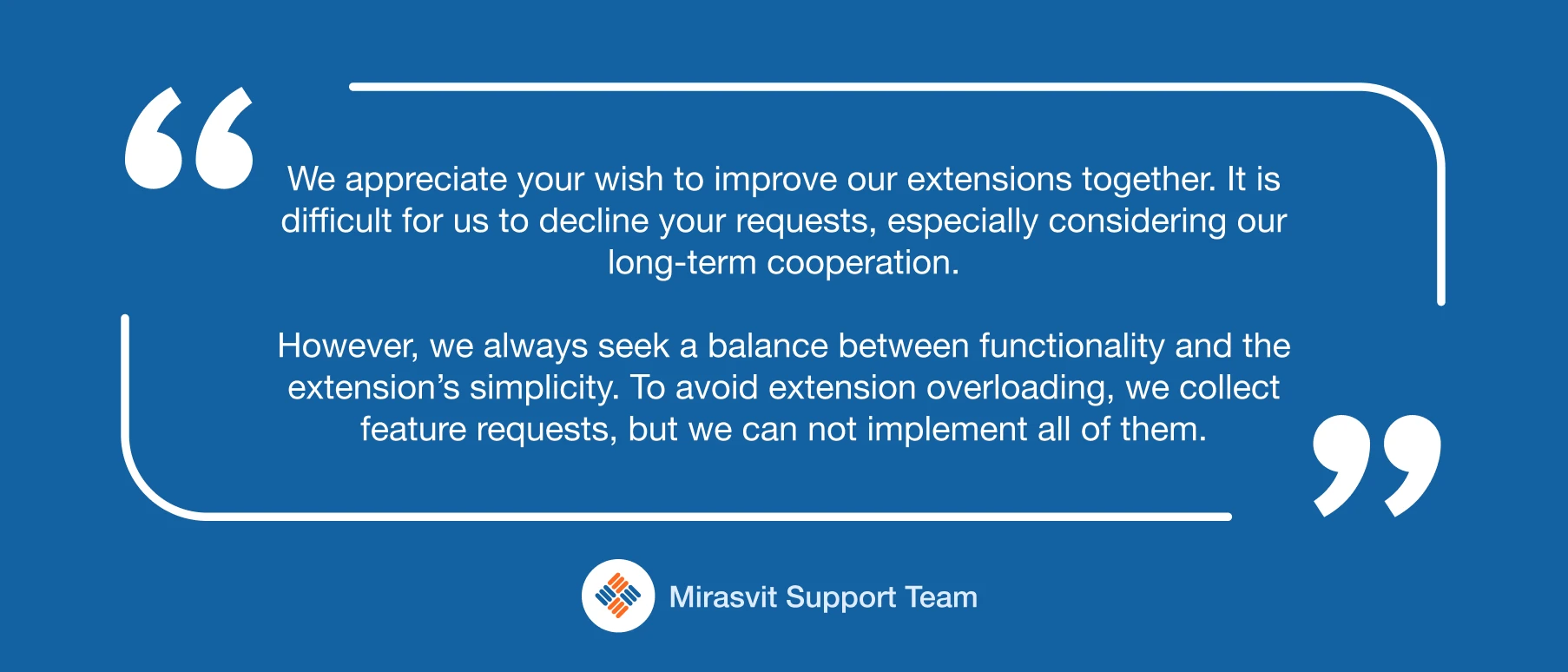
As a result, the client understood our perspective, did not perceive the situation as laziness or unwillingness to help, and did not spread negativity. This approach not only alleviated the tension but also prevented the potential dissemination of negative feedback.
The ability to recognize an emerging conflict is part of the support team's responsibilities. Therefore, we emphasize empathy and communication skills when hiring employees.
Let’s examine practical steps and strategies that will help not only avoid the escalation of dissatisfaction but also turn potential negativity into an opportunity to strengthen trust in your brand.
How to Turn a Mistake into Trust
There is a belief that the most dissatisfied customer, with the right approach, can eventually become a loyal advocate for the brand.
Despite seeming paradoxical, this is indeed true. If, after a negative episode, you demonstrate a high level of support, empathy, and a willingness to solve the problem, the client will appreciate it.
A negative situation gives us the chance to show the customer a high level of support and our commitment to them.
We had a real example: a client was extremely dissatisfied on December 31st, on the eve of the New Year, when everyone was ready to celebrate. Part of his settings were not working due to an update.
In reality, the problem was caused by a third-party module, but the customer perceived it as our mistake.
We fully engaged in the situation, explained, investigated, and helped him enter the holidays with a functioning store and a good mood.
As a result, this person continues to work with us, and even after the negative review, he now regularly leaves positive feedback.
There was an instance when we made an internal communication error and as a result, the client was left dissatisfied. The last employee who responded acted as correctly as possible within their competence, tried to help, but due to a communication breakdown, the client received something entirely different from what he expected.
What was our position? We acknowledged the mistake, explained exactly what happened and why. We revealed the "behind the scenes" of the company, showed a human side, and understood his feelings.
As a result, the client felt greater trust in us. He realized that we are not soulless machines but people who can make mistakes and correct them.
Again, we continue to collaborate with him.
What other methods did we use to achieve this? We will discuss our strategy in more detail below.
Effective Strategies for Working with Dissatisfied Customers
Every conflictual or negative case should be treated individually.
After all, when a customer encounters a problem, they don't think about how many other similar inquiries the company has. They are solely focused on their own emotions and disappointment.
Therefore, there can be no universal template for resolving conflicts. Individual attention and responsibility towards each person are necessary.
Nevertheless, there are general principles and verbal strategies that help smooth out conflicts and maintain trust in the company.
Verbal Strategies
Let’s consider some communication-related nuances.
Avoid aggressive or dismissive language. Do not imply the customer is at fault or incompetent. Phrases like "You misunderstood" or "This is not our problem" will only heighten irritation.
Acknowledge mistakes and show empathy. If you make an error, admit it and apologize. Phrases such as "We apologize for the inconvenience caused" or "We understand your frustration" help establish an emotional connection.
Explain the situation without making excuses. Clearly explain what happened. For example: "We would like to clarify how this situation arose." Maintain a neutral tone and stick to the facts. It is not always necessary to clutter the message with formal polite phrases—what’s more important is to speak directly and show a willingness to resolve the issue.
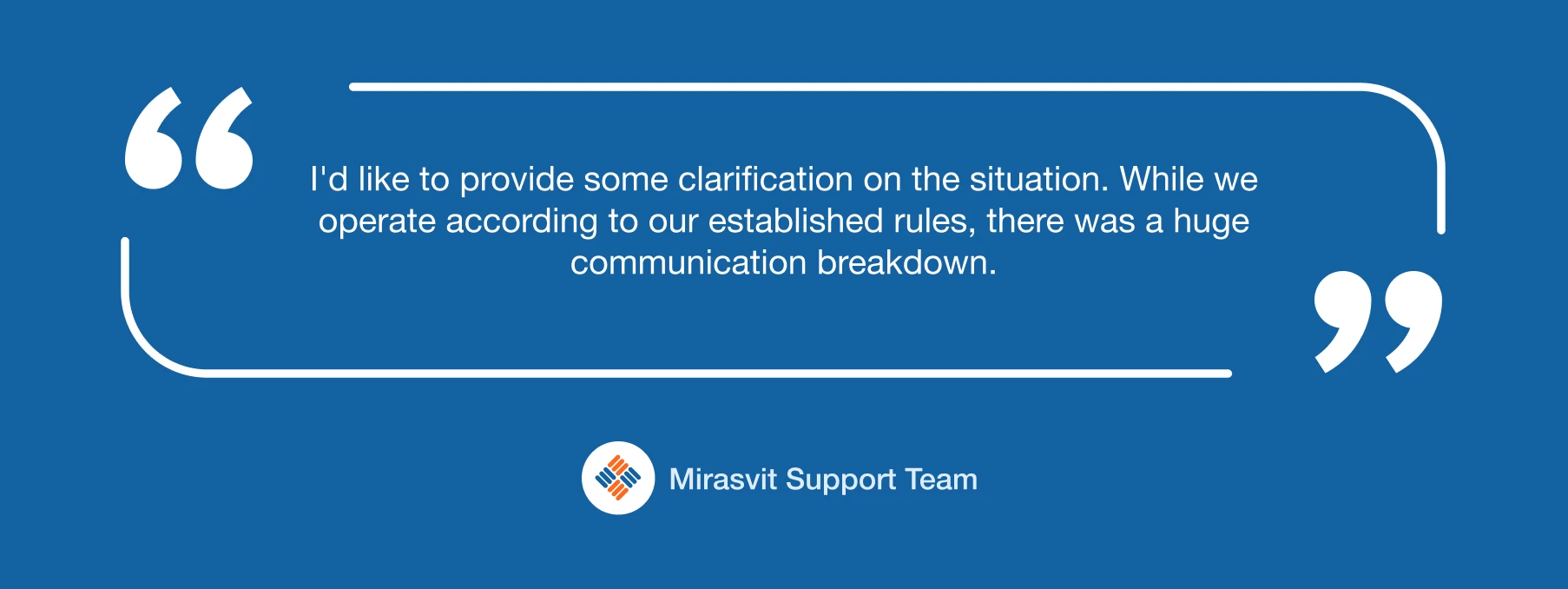
Focus on solutions. Instead of making excuses, offer concrete steps: "We are already working on an update to fix the problem," or "We can offer a discount as compensation." This demonstrates a desire to help, rather than merely closing the issue for the sake of formality.
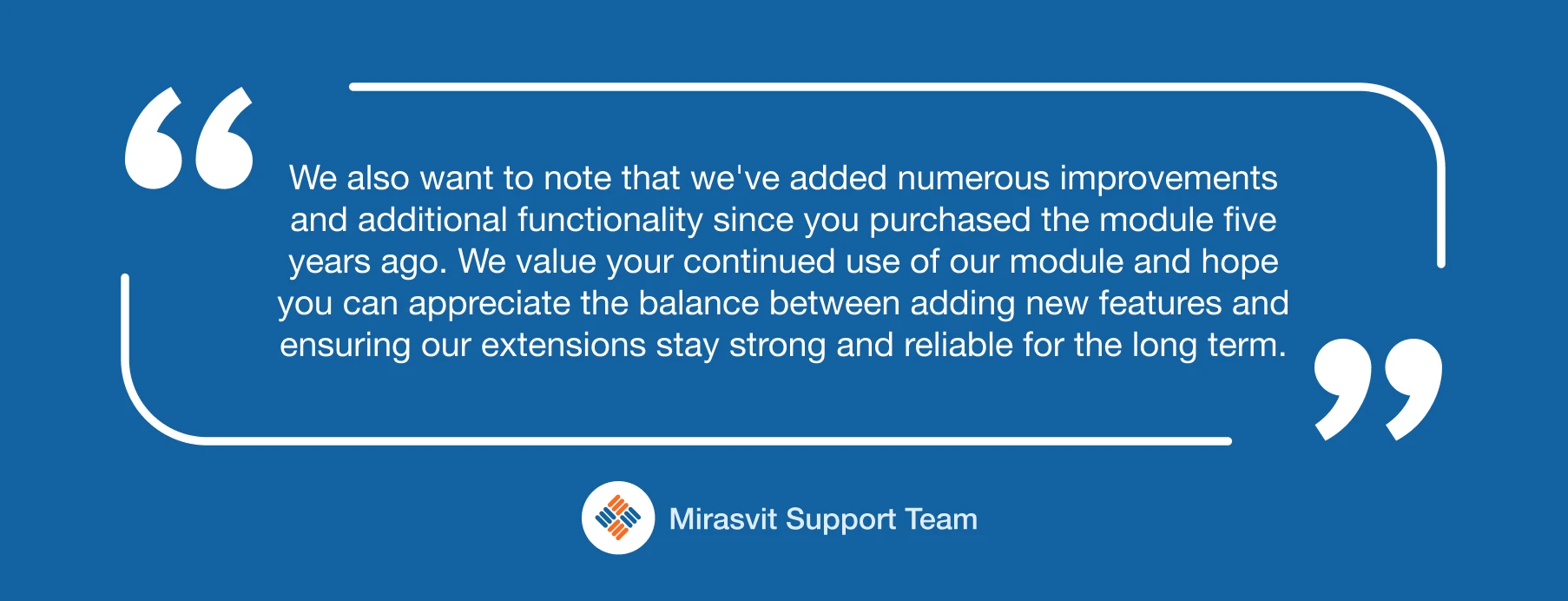
Use Polite and Respectful Language. A neutral, professional tone and benevolent formulations ("Please let us know if you have any additional questions") help maintain a constructive dialogue.
Avoid Phrases and Terms That Can Heighten Negativity:
- "You misunderstood"—shifts the blame to the customer.
- "We can’t / won’t do this" without an explanation—comes across as a categorical refusal without motivation.
- Complex technical jargon—creates a sense of distance and misunderstanding.
- Sarcasm or ambiguity—diminishes the significance of the customer's problem.
Applying the strategies listed above allows you to reduce negativity, strengthen trust, and steer interactions with customers in a constructive direction.
Our Example of a Conflict Management Scenario
First, we offer an apology. Acknowledge that the client has encountered difficulties and show that you care about their emotions.
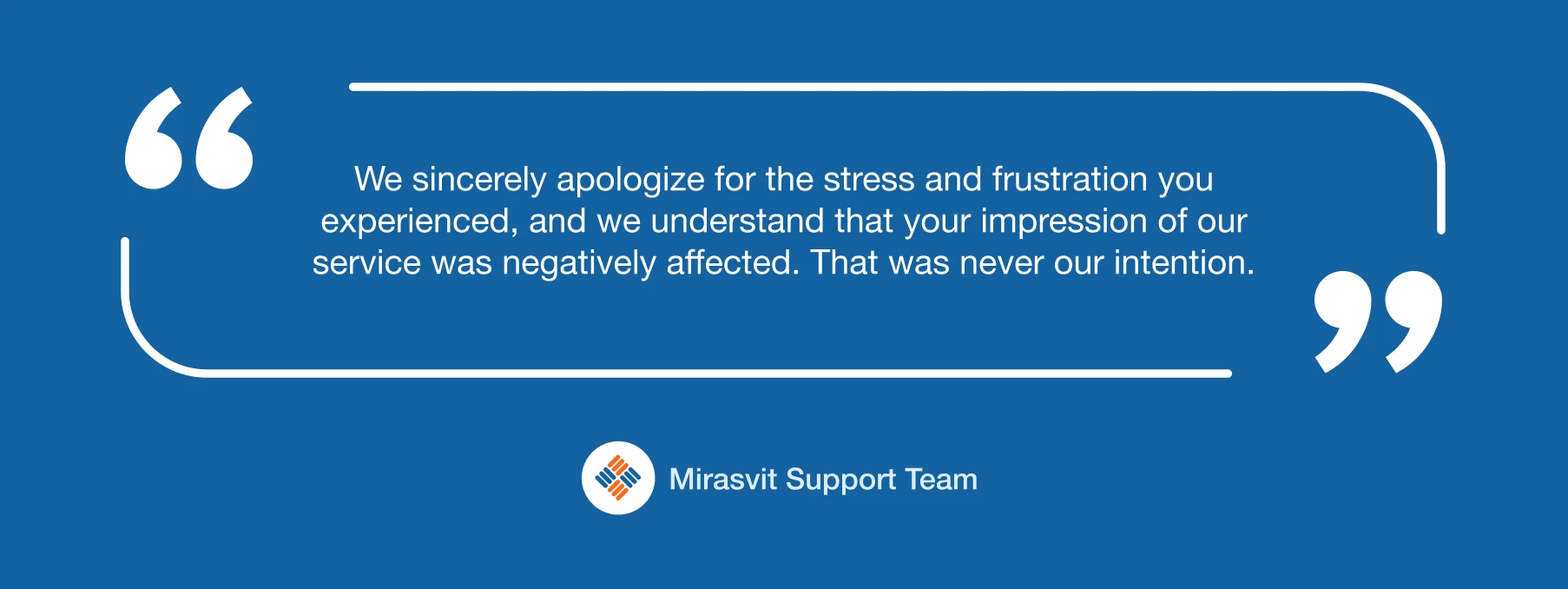
Next, clearly outline the reasons for the problem and explain the details. If the solution is not immediate, describe in detail the steps you are taking.
It is also important to assess the response speed. If the situation is critical for the client's business, respond immediately. If not, take the time to formulate a thoughtful reply and convey your position as clearly as possible.
Finally, offer solution options. If the problem cannot be resolved right away, provide reasonable alternatives or compensatory measures, and explain the logic behind your actions.
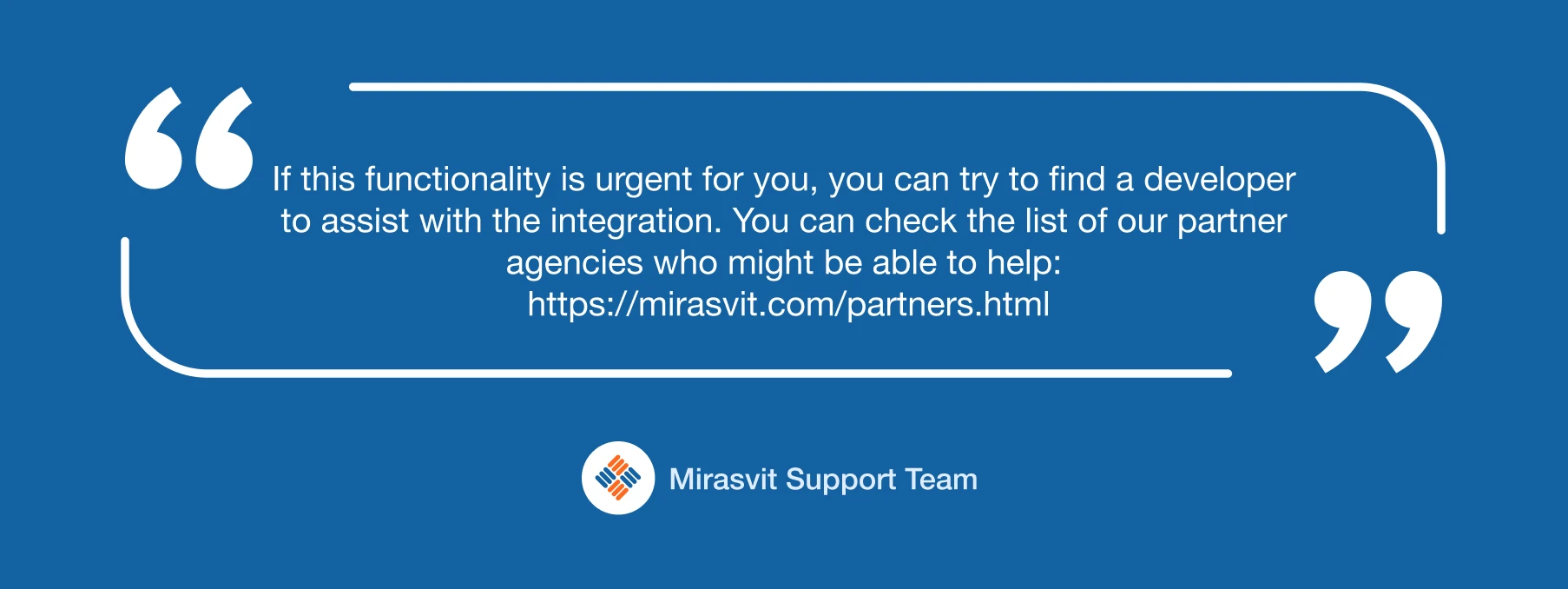
Now, let’s discuss how bad reviews can elevate your store to a new level.
How Negative Feedback Can Help Business
Negative feedback arises for various reasons: it can be a real mistake on the company's part, a misinterpretation of information by the client, a lack of support, or even emotional, unfounded complaints.
In rare cases when the negativity is baseless, the client constantly complains, or resorts to personal insults, we may discontinue cooperation to protect our employees.
However, in other cases, negative feedback can and should be addressed, and it can benefit the business.
Let’s consider situations where the client might be wrong in their negative feedback. It is necessary to analyze such scenarios and ask: why the customer did not find a particular setting, why something was unclear to them, and so on.
We analyze the recurrence of similar reviews: if we notice a systemic problem, we strive to eliminate it. For example, if a client is confused due to unclear instructions, we improve the documentation or interface to make the product and service more transparent.
We have also encountered the following situation. A client contacts us and reports that they have found an issue in the module. We cannot reproduce it in our environment, so we provide instructions and begin explaining what we need to investigate the issue. Most customers take this calmly and understand that this is standard practice.
However, there are individual clients who respond: "I don’t want to waste my time on your module." This is the beginning of a conflict.
In such cases, we may face various reactions: from refusal to cooperate to accusations against us. However, we strive to avoid escalating the conflict by not responding emotionally and remaining professional.
We explain to the person that we are ready to fix the errors and work on eliminating them if they indeed exist. Meanwhile, we have already tried several times to reproduce the issue on different devices but failed to detect it.
We provide screenshots and describe everything as it is. Usually, if we communicate properly and explain our position, the client can understand our actions and be open to jointly solving the problem, which is beneficial for both parties. And continue to cooperate with us in the future.
The channel in which the client left negative feedback can also influence communication. On platforms like Trustpilot, we have only one field to respond—essentially, the final word without a chance to continue the dialogue. There, we can only explain why it happened and possibly influence the perception of other readers.
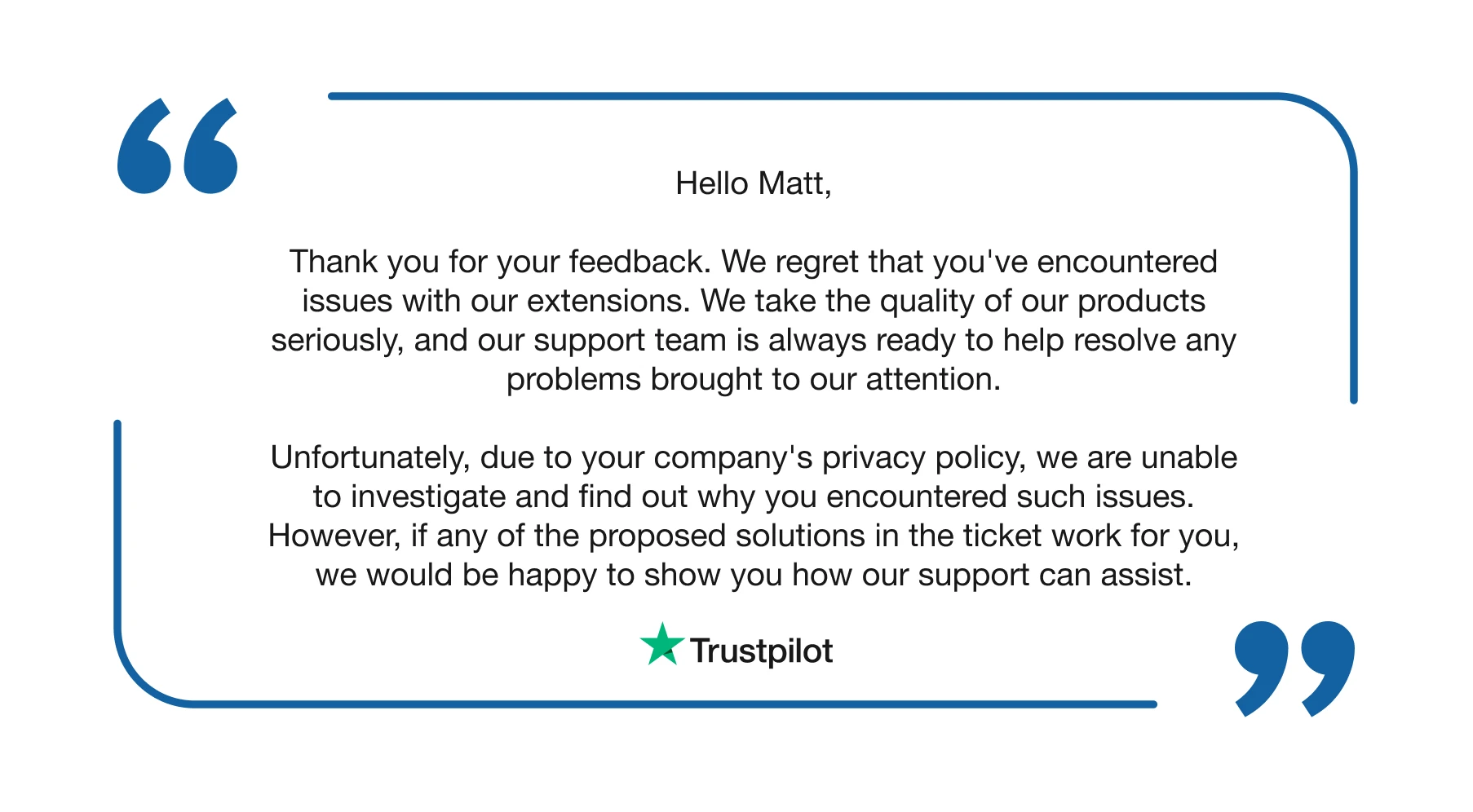
If the negativity is expressed within a support ticket, we have more opportunities for dialogue, clarification, and finding a compromise.
Sometimes a client gives a low rating (for example, NPS 0 or 1), but we cannot understand the reason because they did not reach out for help or leave any comments. We try to contact them and ask what happened.
This helps avoid gaps in communication and service and allows us to continuously grow as a company.
Conclusion
The ability to effectively resolve conflict situations with clients is a key aspect of successful business management in a competitive environment.
As we have discussed in the article, conflicts do not necessarily have to be a negative phenomenon. On the contrary, a well-structured process of interacting with dissatisfied clients can become a powerful tool for strengthening the company's reputation and increasing customer loyalty.
Preventing negative situations through empathy, clear communication, and prompt response allows not only minimizing potential losses but also turning potential problems into opportunities to improve service.
Key elements of successful conflict resolution:
- Empathy and Understanding: Show the client that their opinion matters.
- Transparency and Honesty: Openly explain the reasons for the problem.
- Focus on Solutions: Offer concrete steps to resolve the issue.
- Individual Approach: Take into account the uniqueness of each client.
In the end, effective conflict management requires the right strategies, communication skills, and a customer-oriented culture. By investing in these aspects, you not only reduce the risks of conflicts but also create strong and long-term relationships with clients.
Provide your online store customers with outstanding support. Collect and process all inquiries, emails, and offline chats in one place! No piece of information will be lost. Every message will be assigned to the right department and an appointed agent.

